
Paul Sax, MD, explains how he would demystify PrEP to clinicians who are not comfortable using HIV medications.

Paul Sax, MD, explains how he would demystify PrEP to clinicians who are not comfortable using HIV medications.

W. David Hardy, MD, adjunct professor of medicine in the Division of Infectious Disease at Johns Hopkins University, talks about the challenges of treating patients with HIV and comorbidities.

Paul Sax, MD, explains the lack of concrete progress in the curing of HIV.
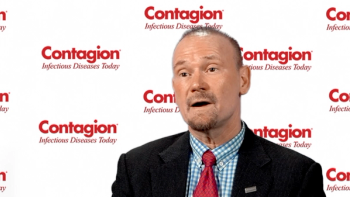
W. David Hardy, MD, discusses long-acting injectable agents in the pipeline.
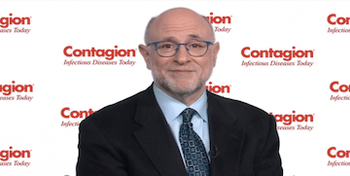
Ian Frank, MD, addresses reasons why some clinicians are not recommending PrEP to individuals who could benefit from the regimen.

Paul Edward Sax, MD, explains how one obstacle of HIV treatment and care is maintaining adherence.
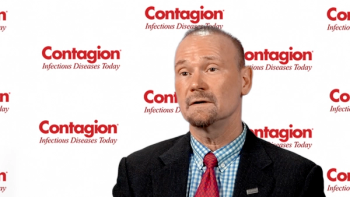
W. David Hardy, MD, discusses the Undetectable Equals Untransmittable (U=U) movement.
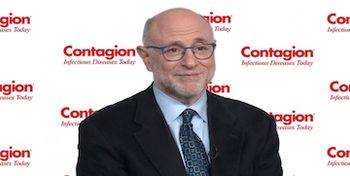
Ian Frank, MD, discusses the future of HIV prevention and long-acting injectables.

Paul Sax, MD, discusses 2-drug approaches for treatment of HIV, including dolutegravir + lamivudine.

W. David Hardy, MD, discusses how important access to PrEP is for people at high risk of contracting HIV.
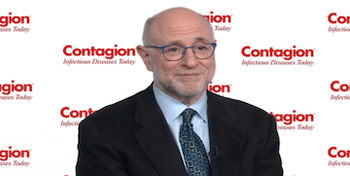
Ian Frank, MD discusses how younger individuals who do not take regular medication may struggle to adhere to the daily routine.

Paul Sax, MD, discusses treatments for HIV that are currently in development.
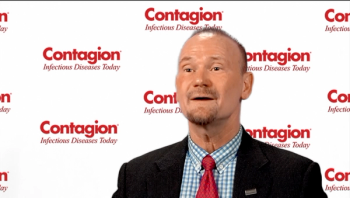
W. David Hardy, MD, discusses the challenges health care providers encounter when it comes to patients taking PrEP.

Ian Frank, MD, discusses strategies that individuals taking PrEP can use to maintain adherence to the daily regimen.
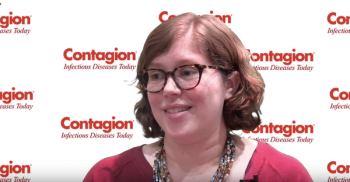
Sharon Tsay, MD, explains why burden estimates for candidemia are needed.
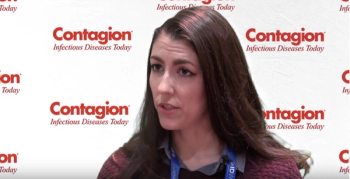
Emily Ricotta, PhD, ScM, highlights the increase in non-albicans candidiasis, which tends to be more antibiotic resistan,t in both bloodstream and sterile-site infections.
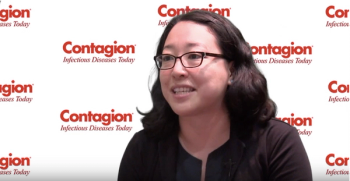
Mitsuru Toda, MS, PhD, discusses research that discovered 94 patients who had invasive aspergillosis with influenza.

Melvin Weinstein MD, discusses the emerging technologies that will advance the field of blood culture testing.
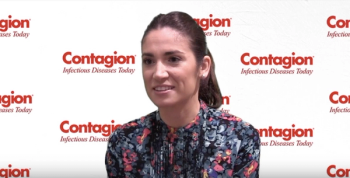
Julie Ann Justo, PharmD, discusses the myths associated with penicillin allergies and why it is important to determine a patient's true penicillin allergy-status.

Kenneth Sherman, MD, discusses hepatitis B infections in immunocompromised patients and what clinicians should expect to see in the future for hepatitis B treatment.

Norman Javitt, MD, PhD, discusses the concept of using ursodeoxycholic acid and its potential role in suppressing C diff spores to prevent inflammation.

Maureen Spencer, RN, M.Ed., discusses how rapid molecular diagnostics are changing the treatment timeline for sepsis and Clostridium difficile (C diff).

Edmund A. Hooker, MD, DrPH, discussed the gaps in disinfection in the hospital and how hospital beds can be properly sanitized to prevent the spread healthcare-associatedted infections.
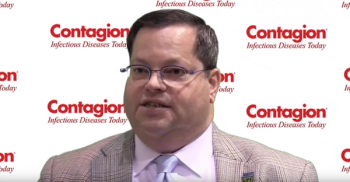
Mike Ison, MD, MS, discusses the key takeaways from the CAPSTONE-2 phase 3 trial evaluating baloxavir marboxil for the treatment of patients with influenza.

Kenneth E. Sherman, MD discusses the zoonotic hepatitis E virus and about the first reported case of rat-to-human transmission.
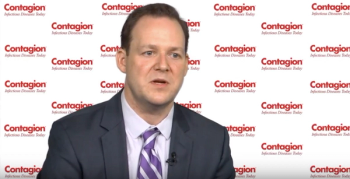
Jason Gallagher, PharmD, discusses how omadacycline could potentially replace fluoroquinolone use in the treatment of complicated skin infections and community-acquired pneumonia.
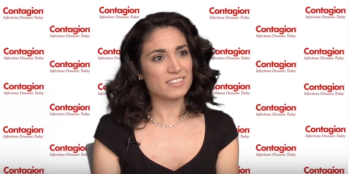
Julie Ann Justo, PharmD, MS, BCPS-AQ ID, provides examples from her institution about using prediction scores and rapid diagnostic scores in concert.

Mindy Smith, BSPharm, RPh, provides tips for recommending the flu shot to patients who are more likely to get the flu.
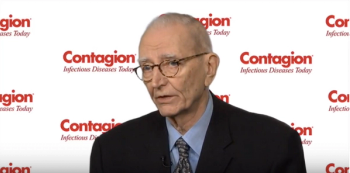
Dale N Gerding, MD, provides insight about prevention options for C diff that are expected in the future.
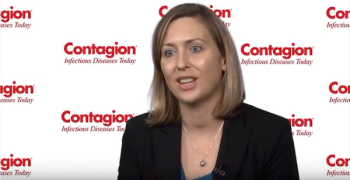
Colleen Kelley, MD, discusses the possibility of an HIV vaccine and current progress being made in HIV prevention.